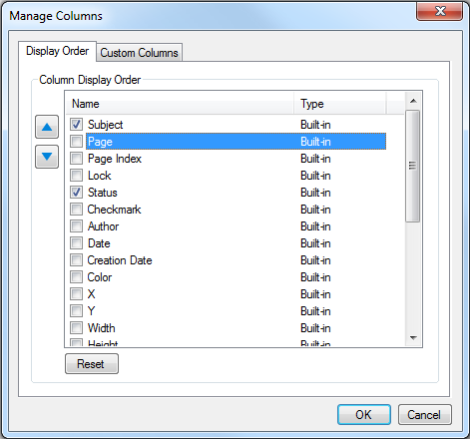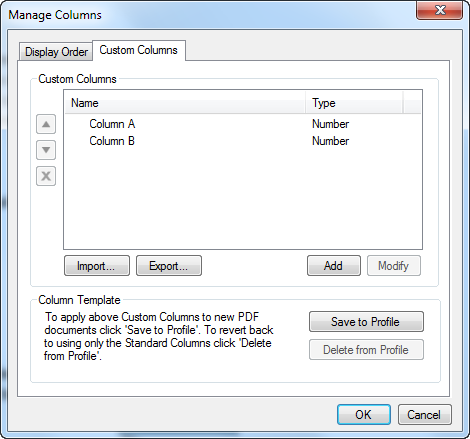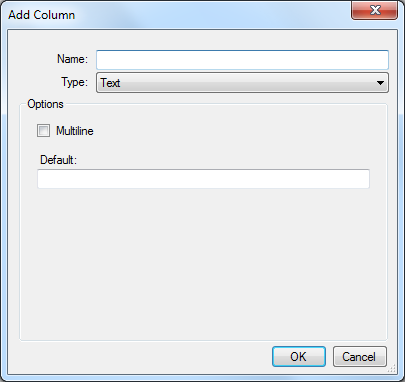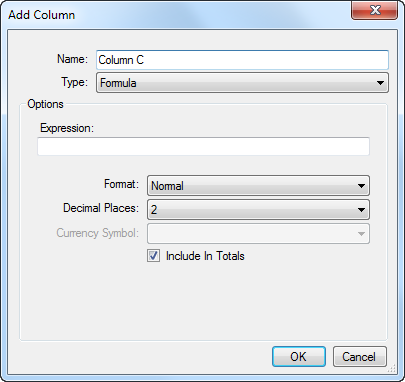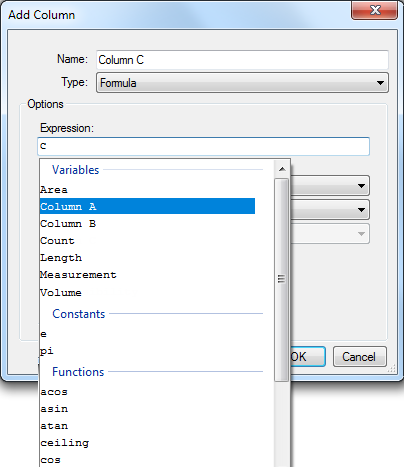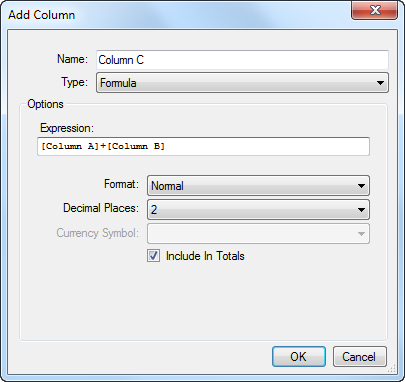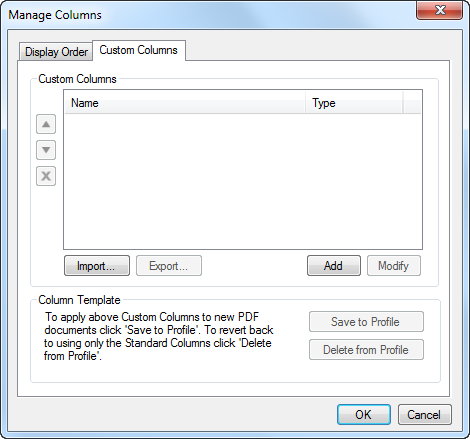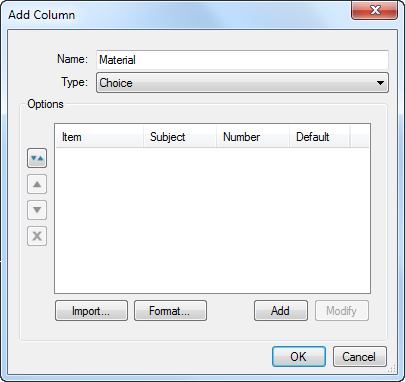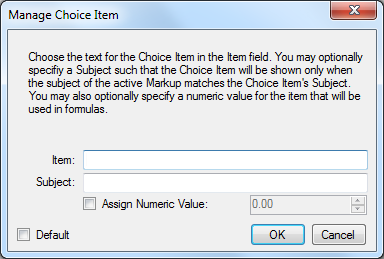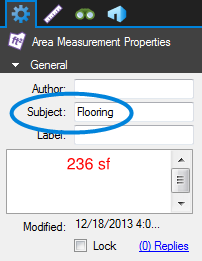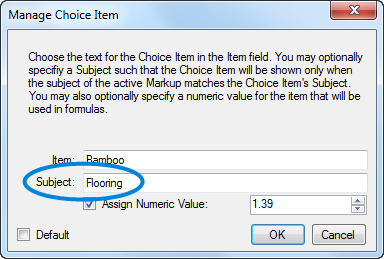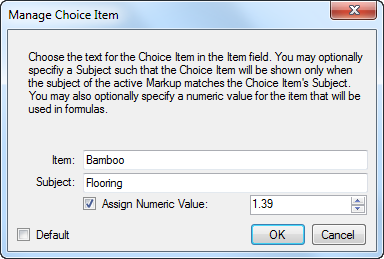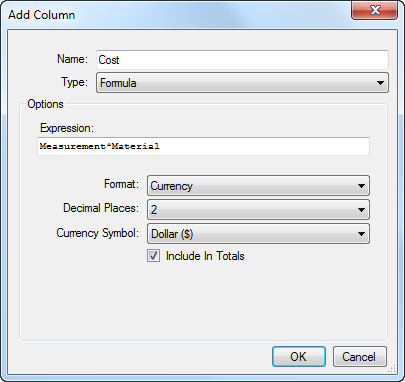There are six different types of Custom Columns available:
| Type | Description | Example |
|---|---|---|
| Checkmark | Displays a Yes/No checkbox |

|
| Choice | Creates a dropdown menu of user-defined selections (optional values tied to choices can be used in formulas) |
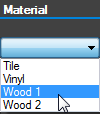
|
| Date | Applies a formatted, dynamic date field |
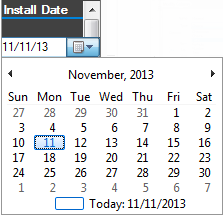
|
| Formula | Calculates field values with a user-defined equation tied to the content of other columns |

|
| Number | Adds a number field that can be used for setting up formulas |
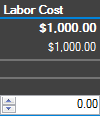
|
| Text | Adds a text field (cannot be used as a value for formulas, even if a number is entered) |

|
To help you get started, this tutorial will focus on how to work with the Formula and Choice columns.
When dealing with either of these types of columns, it's important to have the end result in mind before you begin. For example, when preparing to set up a Formula column, think about what your equation is going to require. In the first example below, a generic "Column A" is added to "Column B" to make up "Column C." Before that can work, "Column A" and "Column B" need to exist, and if they don't, they need to be created.
The same principle can be applied to Choice columns as well. In the second example below, we're going to create a Choice column for building materials in order to calculate material cost subtotals, so we will need a list of materials and their base costs.
 At a basic level, Custom Column formulas simply perform a mathematical operation on two (or more) columns. For example, you might have a number in a "Column A" and another number in a "Column B". You could then create a "Column C" with a formula that adds those two numbers for you; the sum of "Column A" and "Column B" will automatically be inserted as the value of "Column C."
At a basic level, Custom Column formulas simply perform a mathematical operation on two (or more) columns. For example, you might have a number in a "Column A" and another number in a "Column B". You could then create a "Column C" with a formula that adds those two numbers for you; the sum of "Column A" and "Column B" will automatically be inserted as the value of "Column C."